Liveblog 2DAYSRESEARCH: the latest findings from employee engagement research
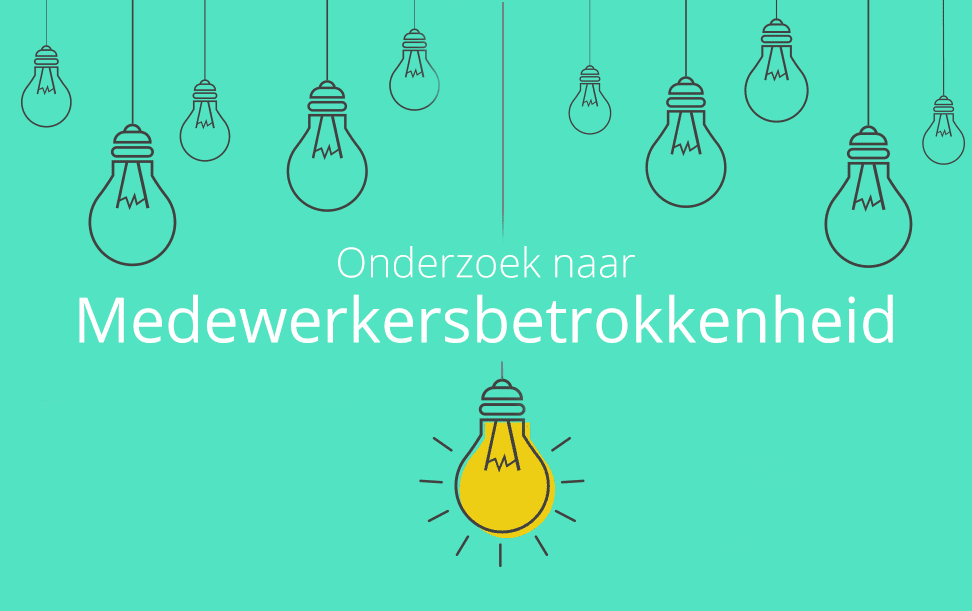
By 2DAYSMOODIES | 03/09/2019
Are you interested in learning about what drives employee engagement at work? Do you want to keep up with current research but simply can’t find the time? And do you want to know how to positively impact employee engagement in your organisation? Keep reading!
At 2DAYSMOOD, it’s important to us that we keep up-to-date with the most recent developments in our field. After all, we support organizations every day with our realtime measuring method of employee engagement. By maintaining our academic knowledge, we can not only improve our tool, but also provide advice which is backed by empirical evidence. In 2018, in collaboration with Utrecht University, we scientifically validated our Employee Happiness Model (and its 15 measurable drivers of employee happiness and engagement). However, our inquisitiveness hasn’t ended there – our team is constantly investigating and sharing the latest findings from employee engagement research with one another, our partners, and now with you too!
Introducing #2DAYSRESEARCH
Over the next few weeks, using contemporary research, we will be educating you on how the 15 drivers from our Employee Happiness Model impact employee engagement. If you feel inspired to learn more, you can even check out the research papers yourself. So for the coming period, make sure to keep an eye on this liveblog and our socials (Instagram – @2daysmood, Twitter – @2daysmood, LinkedIn – 2DAYSMOOD).
Every week we will publish a new research update on one of the drivers of employee engagement. For example, did you know that the physical work environment, leadership and appreciation have a proven relationship with engagement and indirectly work performance? Do you want to know more about how you can increase engagement and employee happiness in your organization with the 15 second survey of 2DAYSMOOD? Request a free demo or brochure.
1. Internal Communication
How does internal communication impact engagement?
When it comes to internal communication, less is (usually) more! This employee happiness driver is important as it is the main method of creating a shared understanding and vision amongst your employees. Quality internal communication is characterized by a number of factors, such as being clear, coherent, and concise.
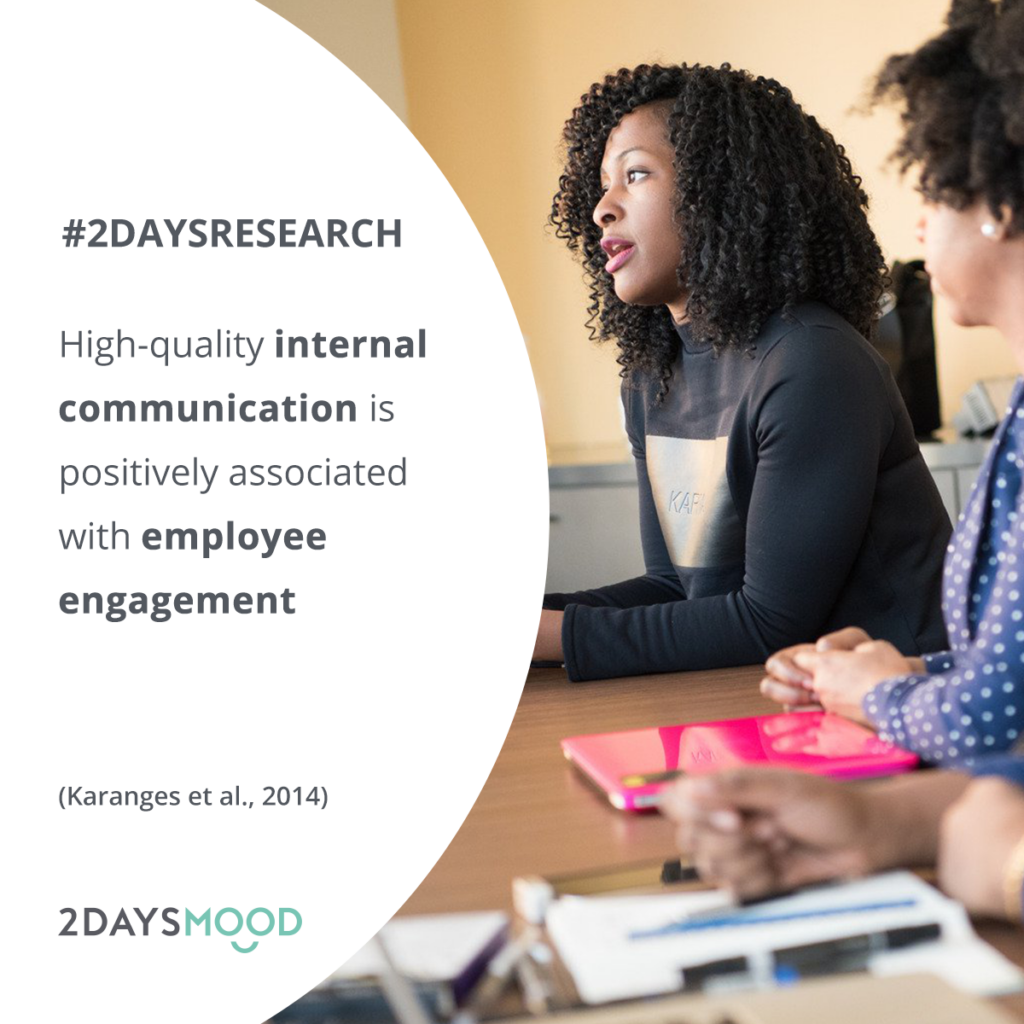
Research shows…
Recent research suggests that quality internal communication helps to cultivate positive workplace relationships, which in turn positively influences employee engagement. Why? It may be because internal communication facilitates interactions in the organization, thereby increasing the likelihood of friendships occurring!
Want to find out more? Check out the research
2. Vision and Values
How do vision and values impact engagement?
Having a vision which guides and perpetuates the organization’s existence is an essential element for the success of any organization. Importantly, a great vision also needs a great leader who can communicate the vision to others and garner support from their colleagues.
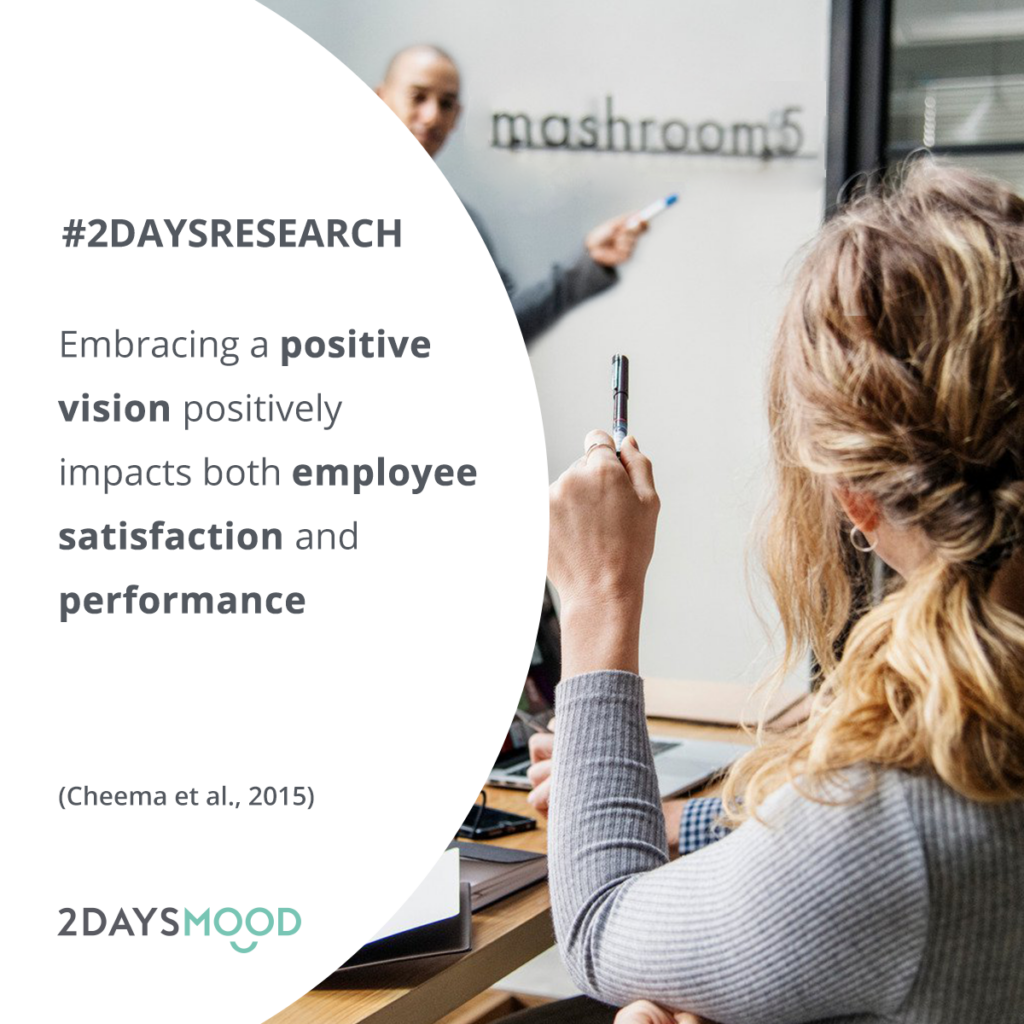
Research shows…
Research has found that when employees act with the organization’s vision in mind during their day-to-day work, they work better and feel happier. This is because subscribing to the organizational vision allows employees to clearly understand the long-term goals of the organization and how their work contributes towards their attainment!
Want to find out more? Check out the research
3. Strategy and Goal Alignment
How do strategy and goal alignment impact engagement?
An organization’s strategy is based on the methods they will use to obtain their long-term organizational goals. An effective organizational strategy is one which your employees identify with. They should understand how their tasks, responsibilities and mutual collaborations are part of that strategy. No matter how well-planned a strategy is, it cannot succeed without being properly absorbed by employees.
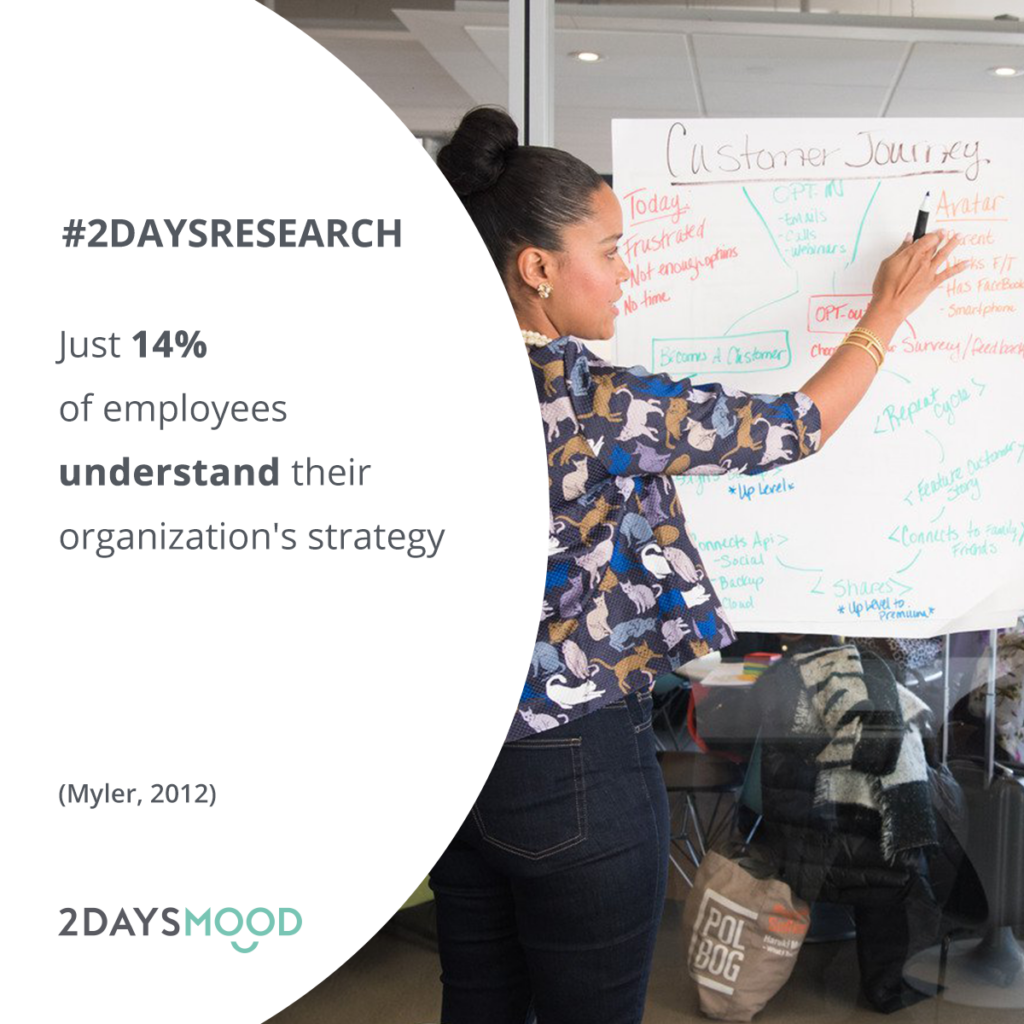
Research shows…
Research has found that when employees act with the organization’s vision in mind during their day-to-day work, they work better and feel happier. This is because subscribing to the organizational vision allows employees to clearly understand the long-term goals of the organization and how their work contributes towards their attainment!
Want to find out more? Check out the research
4. Reputation and Brand
How does reputation and brand impact engagement?
A positive corporate reputation and employer brand has numerous benefits, such as attracting and retaining talented individuals, drawing customers to your product, and providing a competitive advantage. To succeed, every company must have three crucial qualities: legitimacy, relevancy, and differentiation.
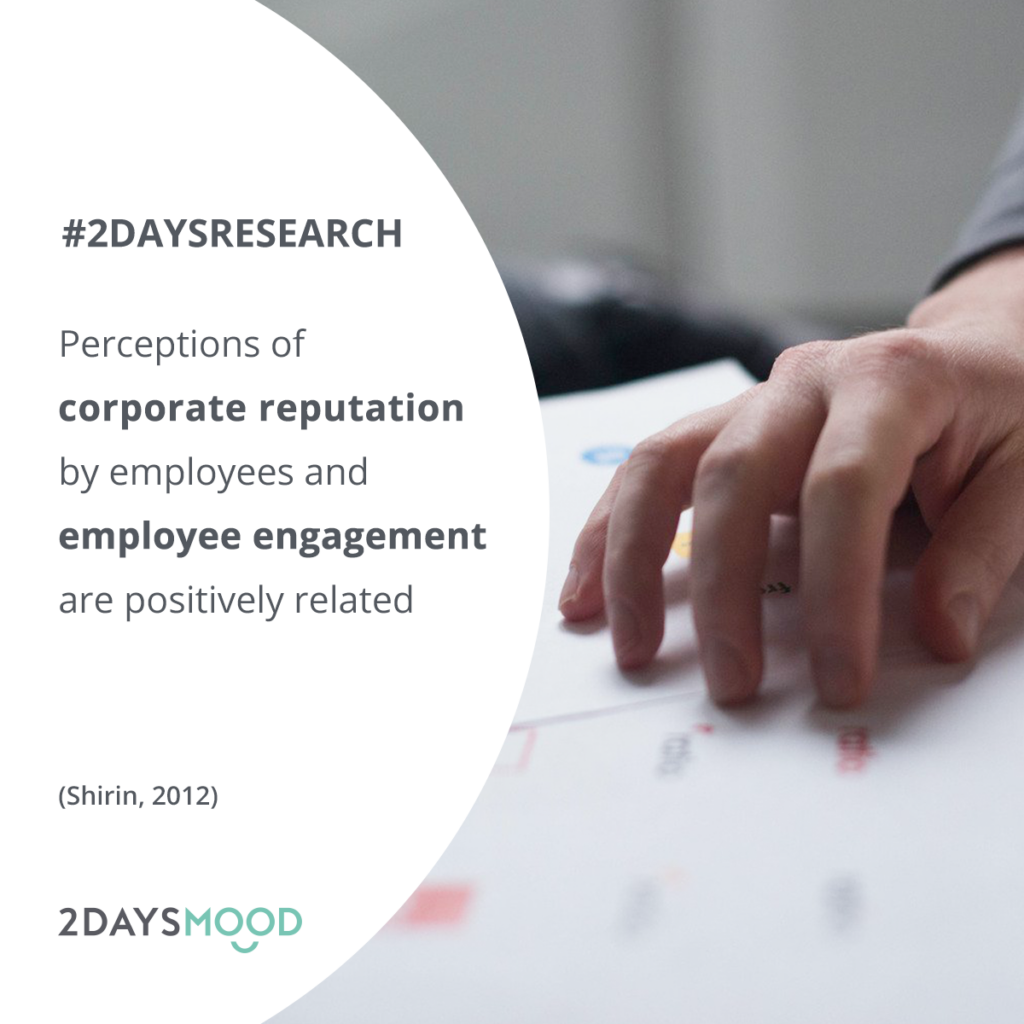
Research shows…
Recent research has found that positive perceptions of corporate reputation have a strong positive influence on employee engagement. This finding is unique and innovative as the majority of existing literature tends to investigate the influence of employee engagement on corporate reputation, rather than the other way around! As a result, this research highlights that management could also focus their efforts on improving their reputation in order to increase employee engagement.
Want to find out more? Check out the research
5. Leadership
How does leadership impact engagement?
A leader’s role in the organization is to inspire others to work to their maximum potential and to cultivate a healthy, positive organizational culture. One of the best ways for a leader to close any productivity gaps which may be arising is to build a good relationship with their staff.

Research shows…
Indeed, recent research has found links between transformational leadership and employee engagement. A transformational leader is one who encourages, inspires, and motivates employees to innovate and create change, thereby positively impacting engagement. Examples of contemporary transformational leaders are Elon Musk or Barack Obama.
Want to find out more? Check out the research
(available with a Sage account or with a payment)
6. Relationship with Colleagues
How do relationships with colleagues impact engagement?
Friendships at work are hugely important as they influence the way all employees collaborate to achieve goals. If an employee has healthy, positive relationships with their coworkers, it can make a considerable difference to their overall life satisfaction and individual well-being.
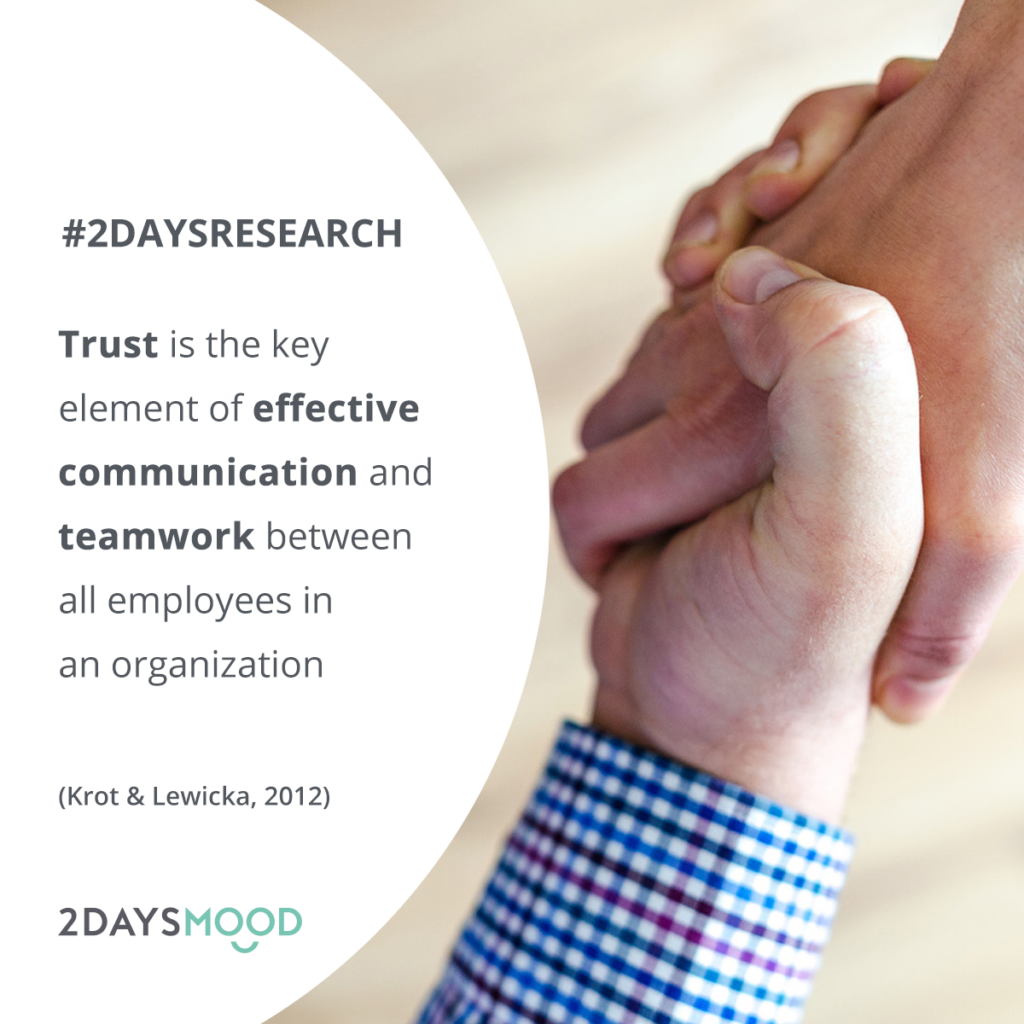
Research shows…
Research has found that, when compared to those who don’t, employees who have best friends at work expend a significantly greater amount of effort in their job. For example, women who strongly agree they have a best friend at work are more than twice as likely to be engaged at work (63%) compared to women who say otherwise (29%). In addition, for both women and men, having a best friend at work leads to better performance. So, it is important to enable your employees to establish friendships with colleagues. Culture begins with leaders. They set the tone and are an example for employees through their actions. They make it acceptable or unacceptable for employees to become friends.
Want to find out more? Check out the research
7. Relationship with Direct Manager
How does the relationship with the direct manager impact engagement?
Having a good relationship with your manager is integral to the success of the business. An effective manager-employee relationship is one characterized by two-way communication, a good reward exchange, and positive, appropriate emotions. A manager has a responsibility to build and maintain productive relationships with every employee under their supervision.

Research shows…
Recent research shows that the relationship between a (direct) manager and employee has an important influence on voluntary turnover intention. A good relationship between manager and employee leads to higher engagement and lower voluntary turnover intentions, whereas a bad relationship between manager and employee leads to lower engagement and higher voluntary turnover intentions. So, as a manager it is important to show personal interest and confidence in your employee.
Want to find out more? Check out the research
8. Social Values
How do social values impact engagement?
Because we spend so much of our time at work (nearly 33% of our lives!), it is important that we are able to express who we truly are when in that space. For many, this comes without issue but for some, it is a challenging and sometimes scary experience. For this reason, it is important to cultivate a workplace which is characterized by a sense of safety and acceptance.
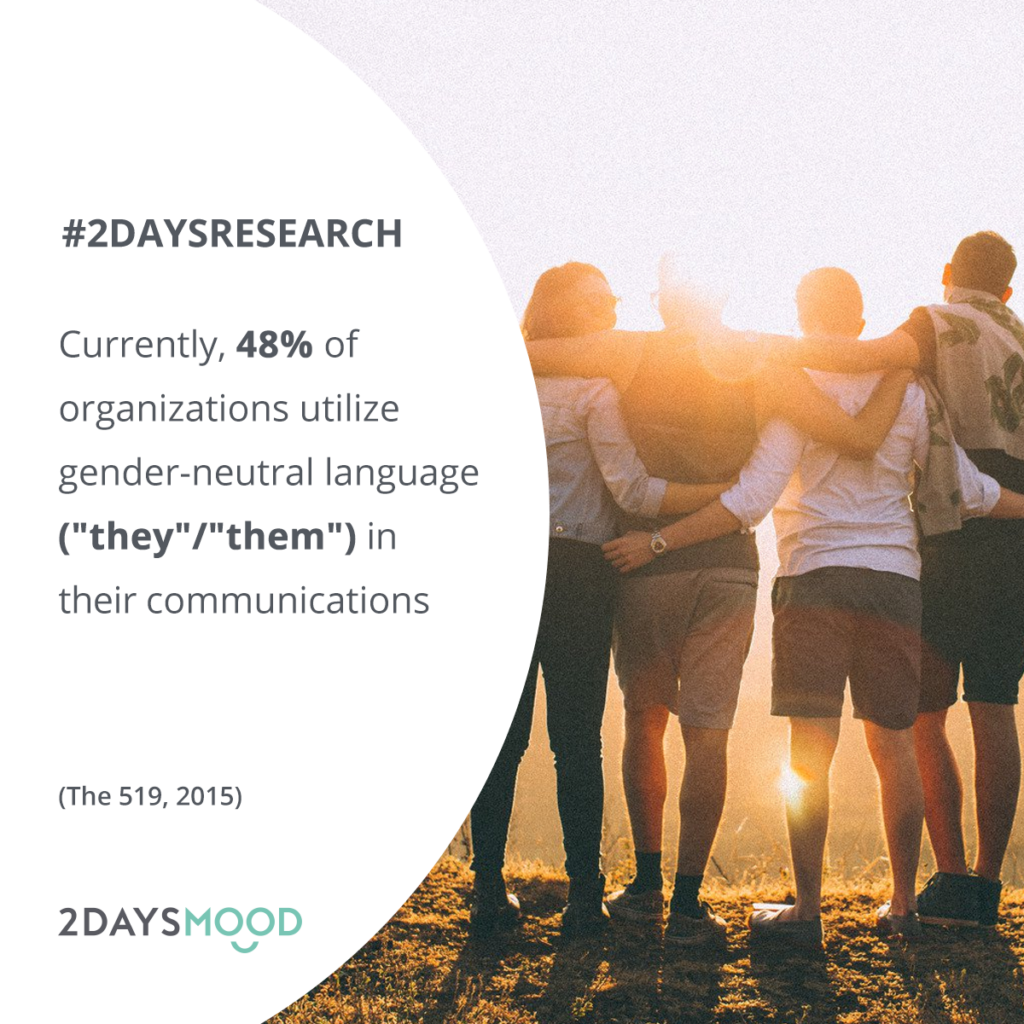
Research shows…
Inclusion and diversity are currently gaining more and more focus in the contemporary work environment. To be inclusive, small, simple changes can be made, such as using gender-neutral language. This small change can be very impactful for others so it is well worth investing the time to consider how to make all individuals feel welcome in your organization!
Want to find out more? Check out the research
9. Salary and Benefits
How does salary and benefits impact engagement?
The compensation an employee receives is ultimately equivalent to how much they are valued by the organization. Virtually all employees expect their wage agreement to cover the following matters:
- 1) basic living expenses
- 2) some funds for saving or recreation
- 3) the possibility of a salary increase over time
Beyond this, organizations may compensate their works in unique, non-monetary ways.
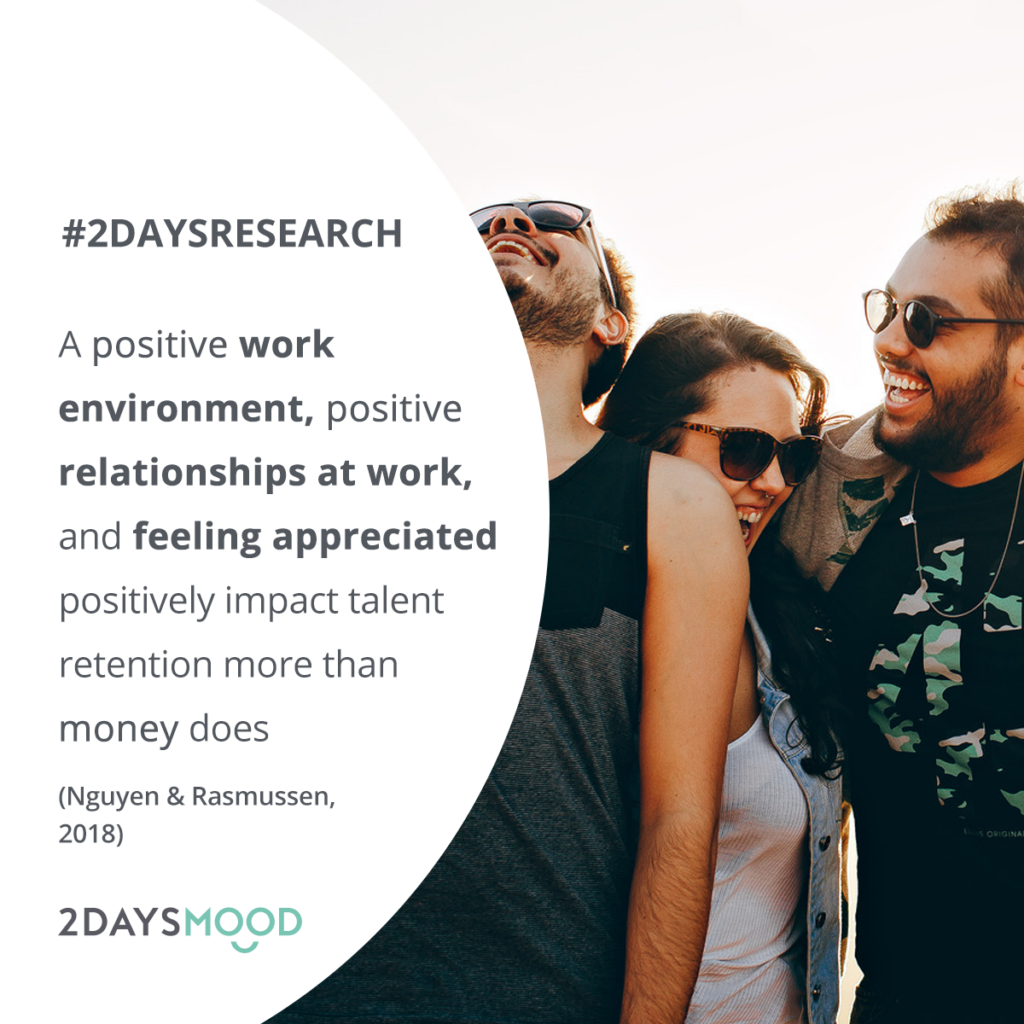
Research shows…
An organization that can’t compete with high salaries can instead offer individualized alternatives that align with the needs and wants of their staff, such as company parties or flexible working schedules. In a recent study, not even one participant mentioned money as a motivating factor for their retention in any major way. Instead they favored the more social aspects of their work. Teams that feel appreciated for their work are motivated to work harder and will be more committed to the organization.
Want to find out more? Check out the research
10. Appreciation
How does appreciation impact engagement?
Showing appreciation to your colleagues is easy to do and can have a big impact on them. Something as simple as a handwritten note (“Thank you!”), can leave a lasting positive impression. It is an important signal that shows how much you value them and the work they do in your organization.

Research shows…
In a review of over 30 publications, several organizational factors were identified which had a motivating influence on employees. Of these, it was found that being given proper recognition, appreciation, and rewards, wat greatly motivating. Additionally, while financial incentives were important, they were not enough to motivate by themselves.
Want to find out more? Check out the research
11. Learning and Development
How does learning and development impact engagement?
Learning and development at work is hugely important as it fuels growth and performance excellence. Any learning and development strategy that is in place at your organization should aim to maximize strengths and address weaknesses. The strategy should enable staff to work to their full potential.
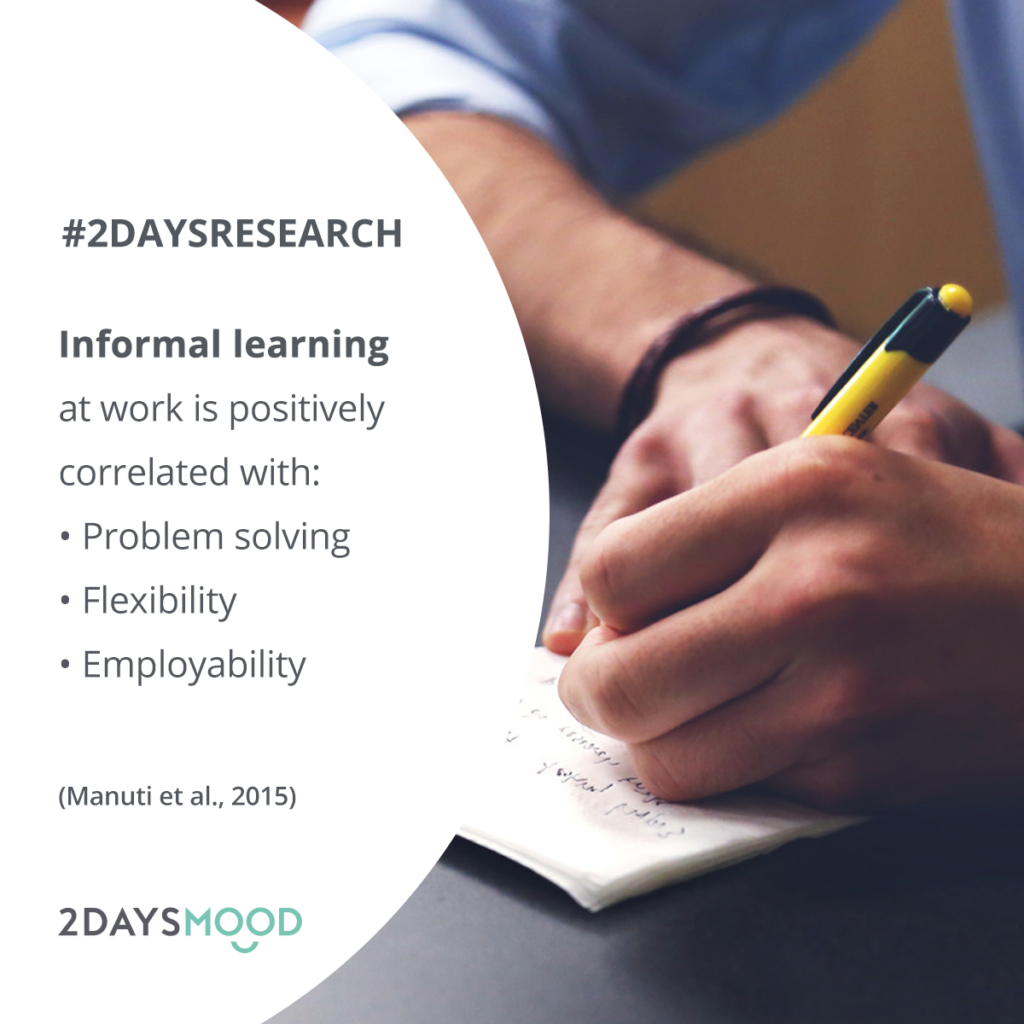
Research shows…
Importantly, learning and development at work need not be an expensive and time-consuming task. Informal learning is self-directed and driven by the individual’s own interests and motivations. They allow us to develop skills which we deem important and necessary. Learning informally gives motivated employees the opportunity to explore and experiment how they can do their work better.
Want to find out more? Check out the research
12. Intrinsic Motivation
How does intrinsic motivation impact engagement?
A wide range of factors motivates employees to work hard in their role. Things like the work environment, work-life balance, and employment stability all have the potential to influence a worker’s motivation, both for the better or the worse!
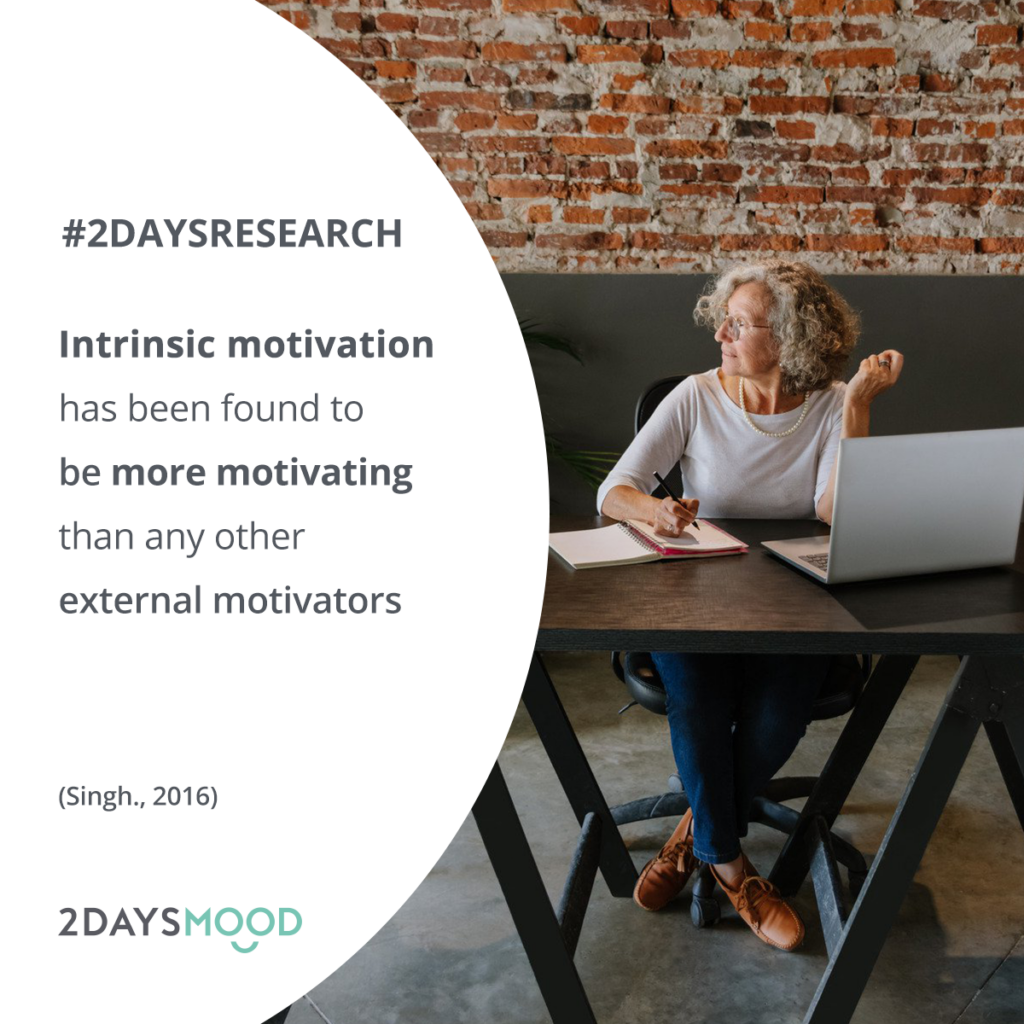
Research shows…
However, of all of these factors, intrinsic motivation has been identified as the most motivating above all. Being intrinsically motivated means that the employee will work hard because it brings them personal satisfaction, not for an external reward. Because of this, an emphasis should be placed on cultivating respect, recognition, trust, and autonomy in the workplace, so that intrinsic motivation can be positively influenced.
Want to find out more? Check out the research
13. Workplace Conditions
How do workplace conditions impact engagement?
The importance of workplace conditions cannot be understated. A nice, pleasant working environment can make all the difference for both individual well-being and organizational success! An ideal workplace is one that fits the needs of the employees while maintaining a high standard of safety and comfort.
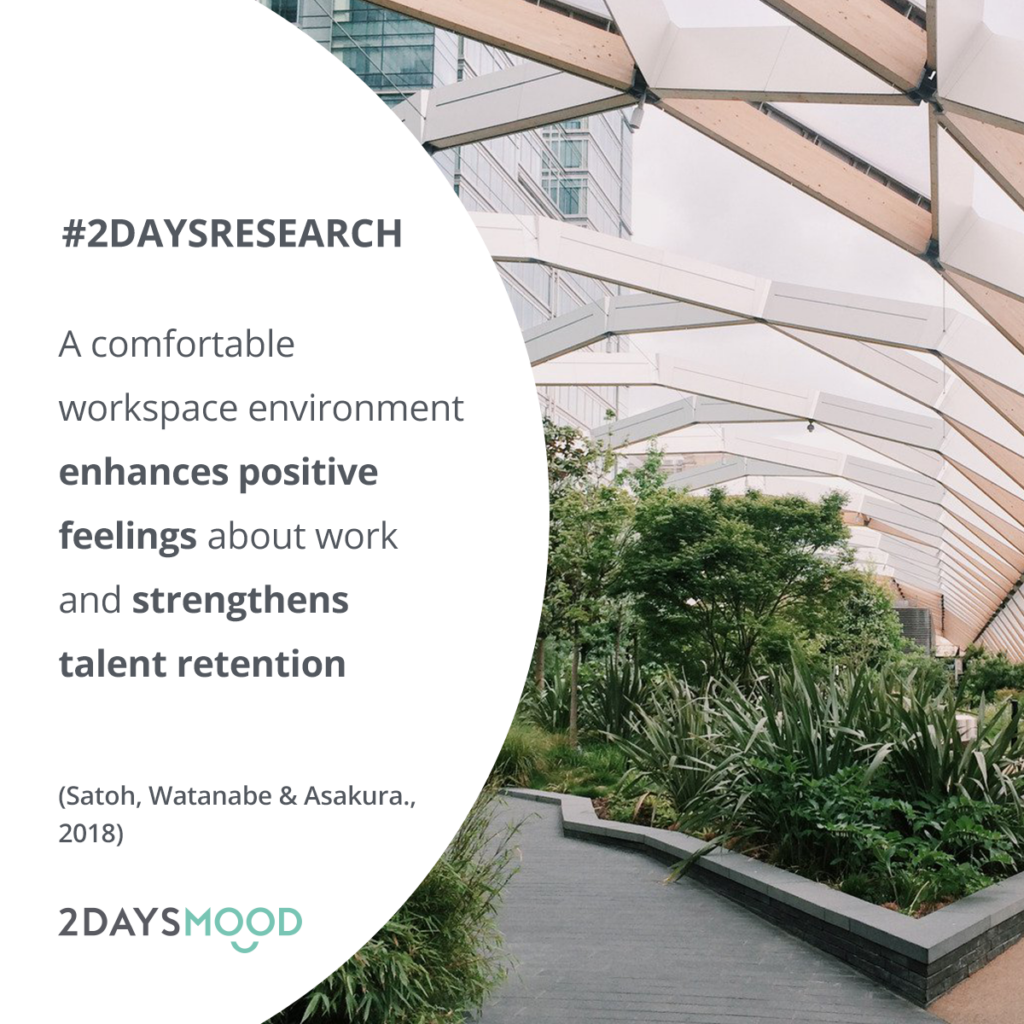
Research shows…
Simple initiatives, such as introducing greenery or ensuring everyone is working in an ergonomic fashion, can greatly impact employee satisfaction. Indeed, recent research has found that when employees perceive their workplace to be comfortable, they like their job more and are more likely to stay in their organization!
Want to find out more? Check out the research
14. Vitality
How does vitality impact engagement?
Negative emotions at work can be hugely detrimental and can quickly spread around the office. It is important that all employees are supported to deal with stress and take care of themselves in both body and mind. Even if this is inherent to working.
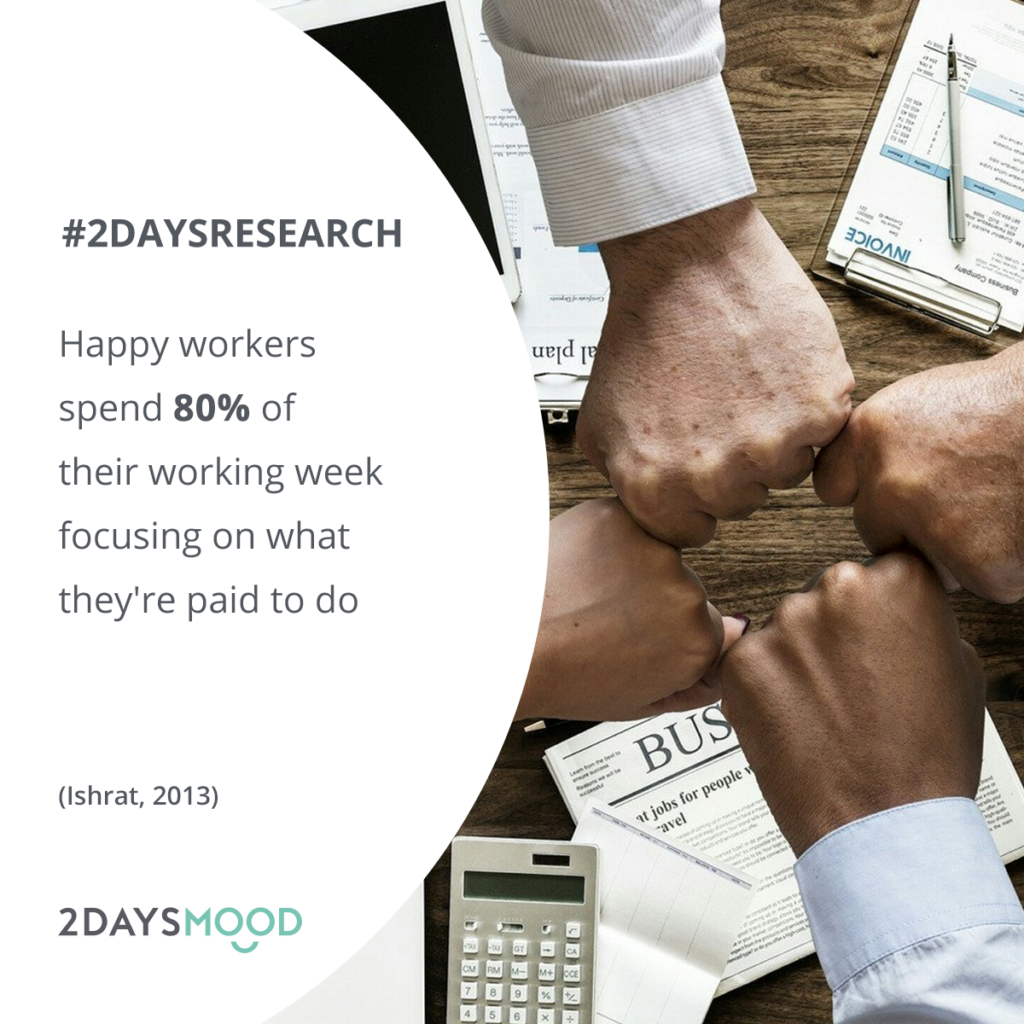
Research shows…
Recent research has found that a happy employee will spend 80% of their time at work effectively completing their tasks. This benefits both the organization and individual. After all, in this win-win situation, the necessary work for the organization is being completed and the employee can allow him- or herself to disengage from in their free time.
Want to find out more? Check out the research
15. Work-life balance
